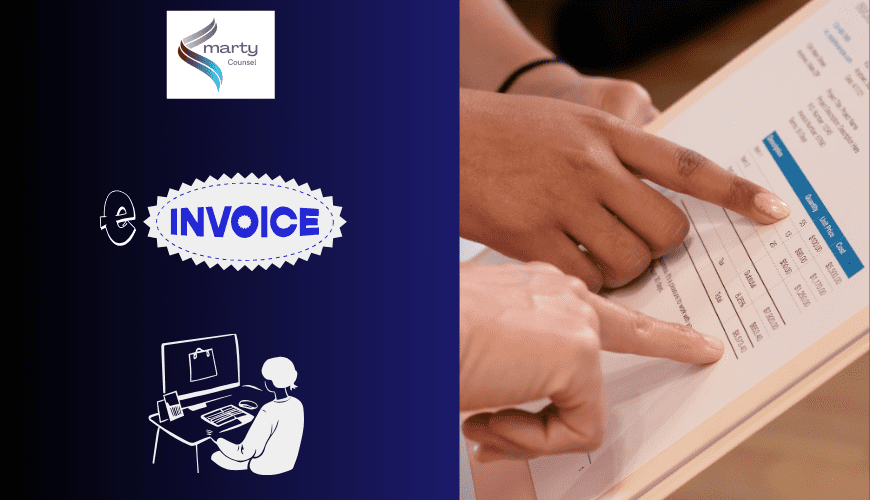The Best Guide to Business Setup in Dubai for 2025
Business setup in Dubai has become one of the world’s most attractive destinations for entrepreneurs

E-Invoices in 2026, In a major step toward digital transformation and enhanced tax compliance, the UAE Ministry of Finance (MoF) has announced the official launch of mandatory e-invoicing starting in 2026. This move aligns the UAE with global best practices and reflects its commitment to fostering a more transparent, efficient, and technology-driven tax environment.
Here’s everything businesses need to know about this upcoming change.

Electronic invoicing (e-invoicing) is the digital exchange of invoice documents between suppliers and buyers in a structured, electronic format. Unlike traditional paper or PDF invoices, e-invoices are automatically generated, transmitted, received, and archived through standardized systems.
E-invoicing is already being adopted in countries like Saudi Arabia, India, and across the EU — and now the UAE is following suit.
The Ministry of Finance outlined several key objectives for introducing e-invoicing in the UAE:
This change is expected to modernize the country’s invoicing landscape and simplify processes for both the Federal Tax Authority (FTA) and registered businesses.
The e-invoicing mandate will apply to all VAT-registered businesses in the UAE. This includes:
Non-compliance could result in administrative penalties, making it critical for businesses to begin preparations early.
While the Ministry of Finance is expected to release more detailed guidelines by 2025, the new system will likely include:
These features ensure both auditability and authenticity of the invoices, reducing opportunities for tax evasion.
Although the official rollout is set for 2026, the UAE may introduce the e-invoicing system in phases, similar to Saudi Arabia’s model. A likely two-phase approach would include:
Stay tuned for official announcements in late 2025 to know when your business must comply.
Here are practical steps to get ready:
As the UAE transitions to a fully digital invoicing system by 2026, integrating e-invoicing with professional bookkeeping services isn’t just recommended — it’s essential. Businesses that adopt this integrated approach will benefit from higher efficiency, lower risk of penalties, and greater financial clarity.
Whether you’re a small business or a large enterprise, now is the time to modernize your bookkeeping and embrace e-invoicing as a cornerstone of your digital finance strategy.

Business setup in Dubai has become one of the world’s most attractive destinations for entrepreneurs
Save Time and Money: Benefits of Outsourcing Your Accounting Services In today’s fast-paced business world,
Introduction E-Invoices in 2026, In a major step toward digital transformation and enhanced tax compliance,
WhatsApp us